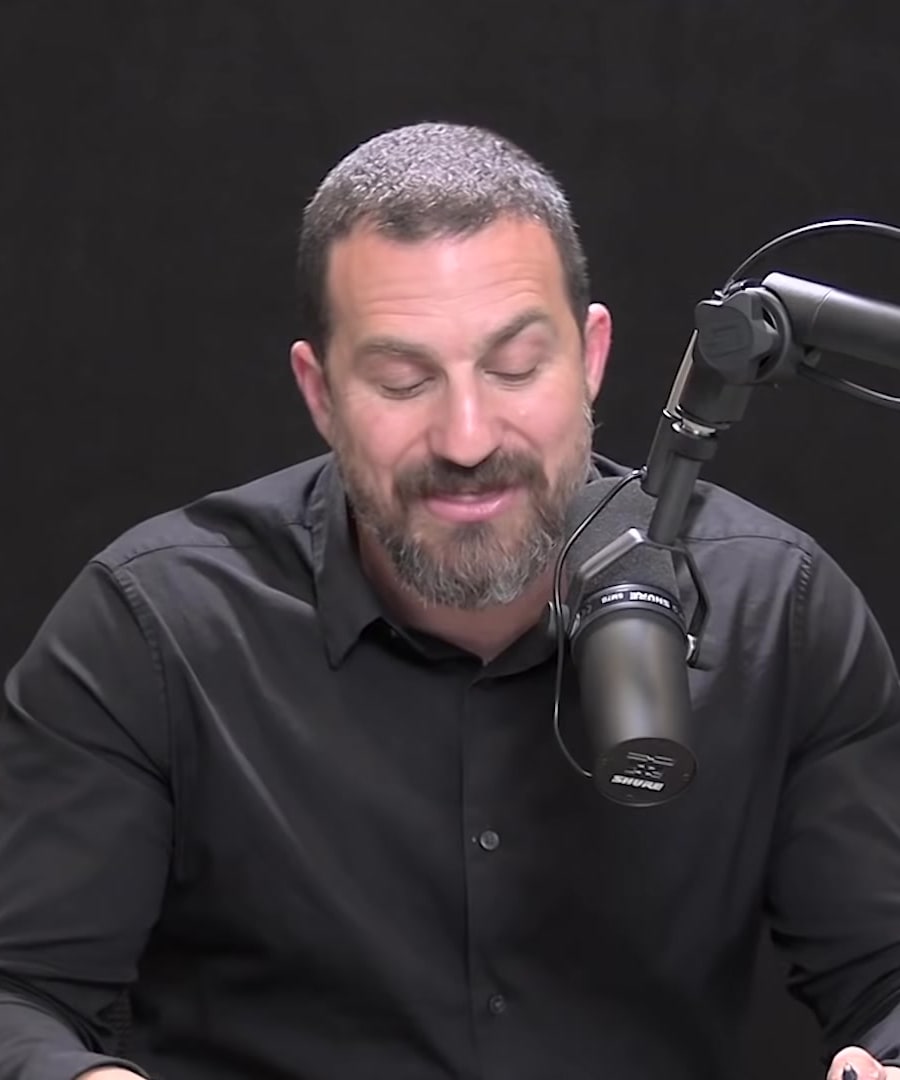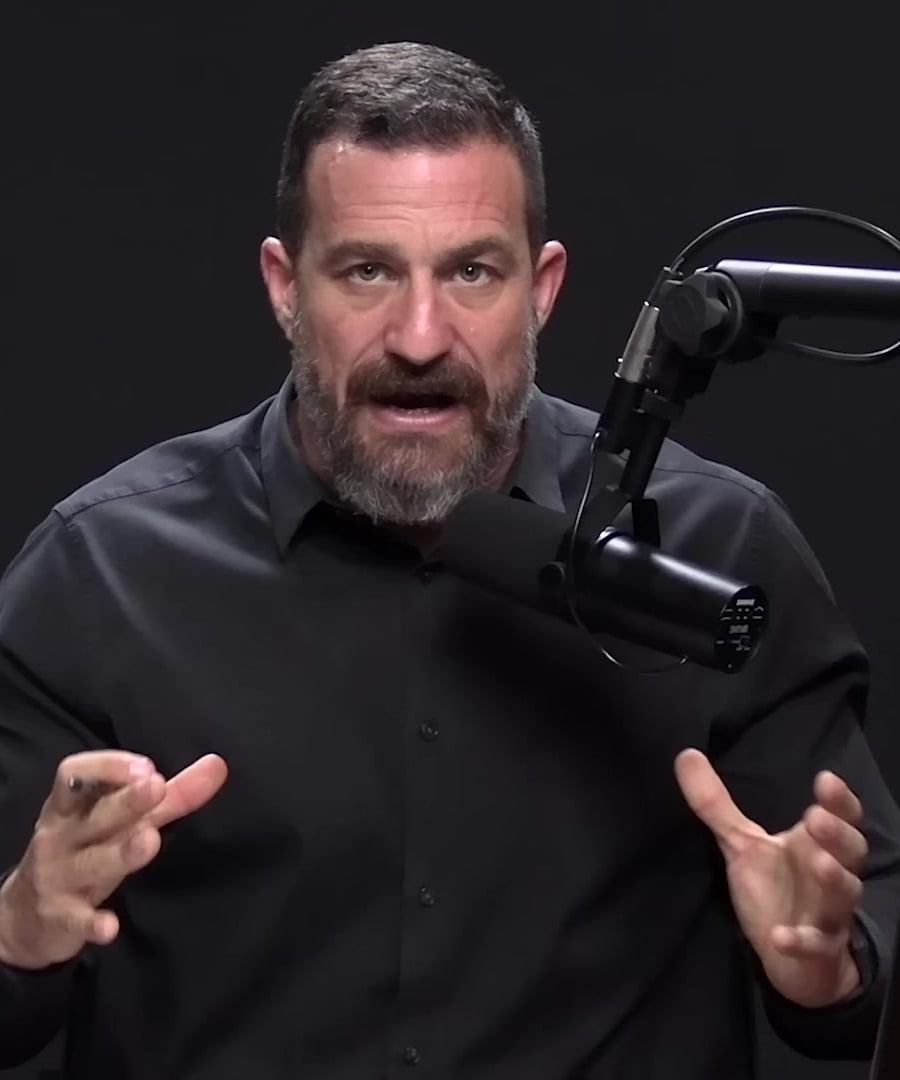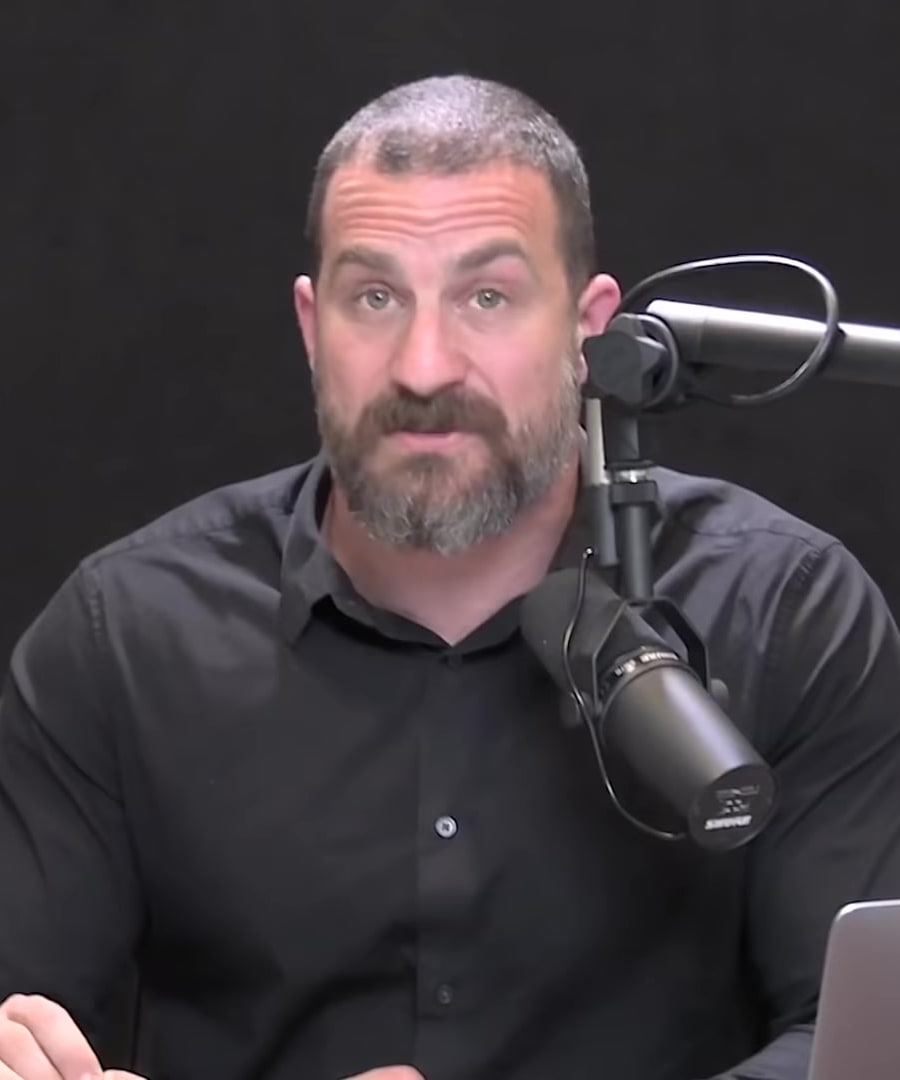Wound Healing
Sources:
Wound Healing and Neurological Insights from Andrew Huberman
Dopamine and Healing
discussed the connection between the dopamine system and accelerated healing. The sense of hope and the anticipation of a positive future, which triggers the dopamine system, can significantly enhance recovery processes, such as wound healing and recovery from illness. Ways to increase dopamine include the use of cold water exposure, specific breathing techniques, and potentially supplementation with items like L-tyrosine or Mucuna pruriens. Nevertheless, Huberman emphasizes consulting a doctor before trying any supplementation, especially for individuals with bipolar disorder, schizophrenia, or similar conditions 1.
Red Light Therapy
Another technique touched upon is red light therapy. While generally linked to mitochondrial function, its application in conditions like fibromyalgia and for enhancing global healing through exposure to red wavelengths is explored. The natural sunlight, carrying red wavelengths, might offer therapeutic effects, potentially as effective as localized red light therapy for pain and wound healing 2.
The Role of Angiogenesis in Tissue Repair
Huberman describes how angiogenesis, the formation of new blood vessels, plays a critical role in tissue repair and wound healing. For instance, peptides like BPC 157 encourage cellular turnover and angiogenesis, helping to bring new blood supply essential for the repair processes. This emphasizes the body's inherent capacity for recovery via increased vascularization in affected areas 3.
Systemic Influences
The concept of transferring young blood to older subjects to rejuvenate them also highlights systemic factors that can influence healing. While highly experimental and not ready for clinical application, studies suggest that certain elements in the blood of younger organisms can speed up tissue repair and cognitive function recovery in older organisms 4.
UVB Light Exposure
Exposure to UVB light is discussed as beneficial for overall immune function and specifically wound healing. Huberman notes that wound healing is faster with adequate UVB light, which affects not only our immune cells but also the turnover of skin cells, contributing to more rapid regeneration and healing 5.
Summary
Wound healing can be influenced by a variety of factors including neurotransmitters like dopamine, light exposure strategies (UVB and red light), and angiogenic processes. Each method or insight has its specific application context and should be approached with professional guidance for safe and effective use.
RELATED QUESTIONS




